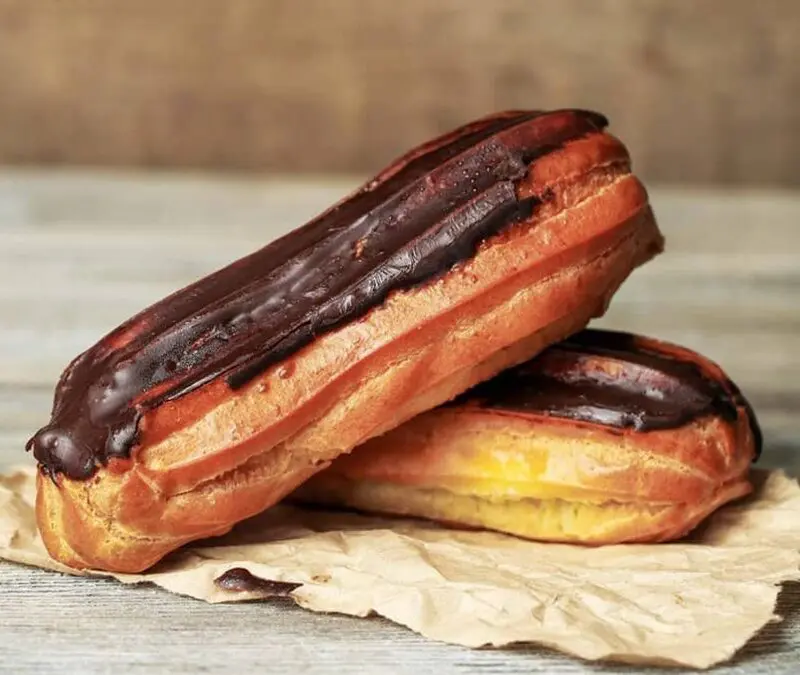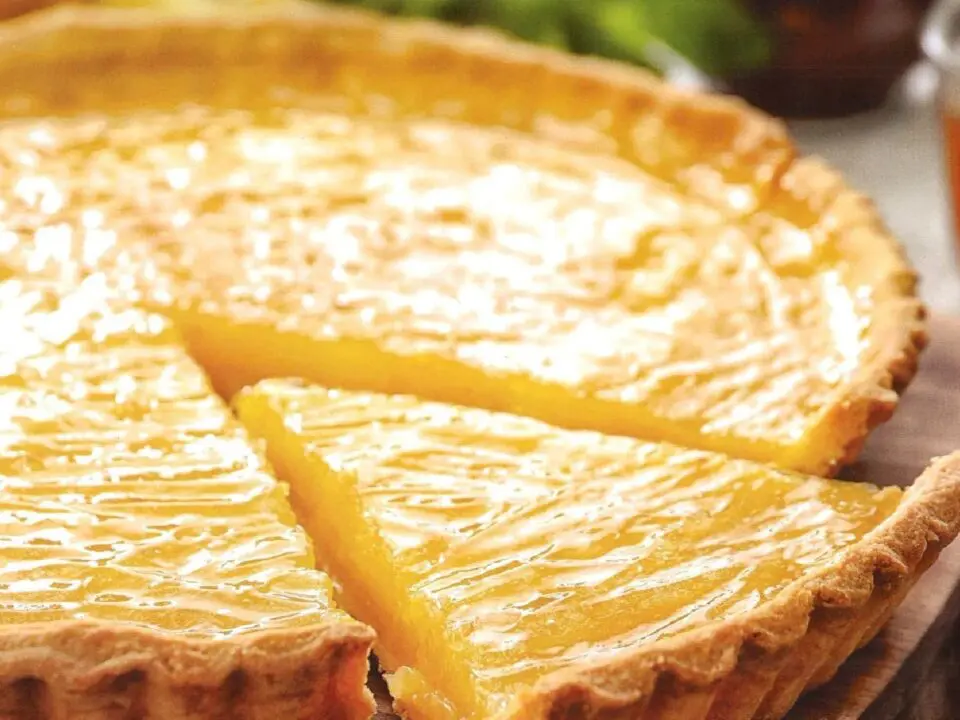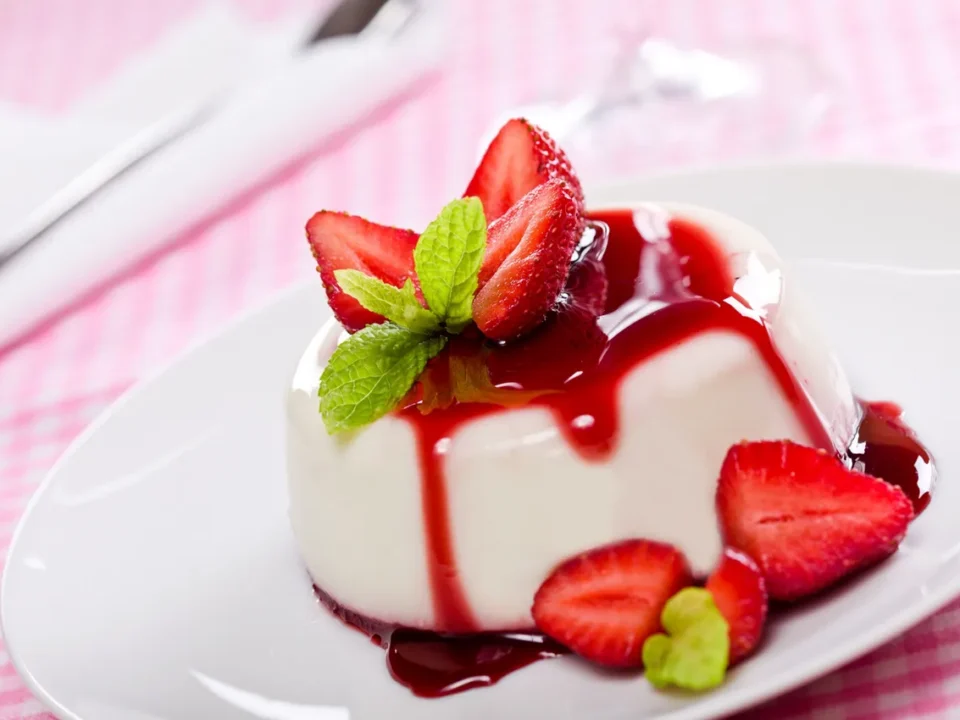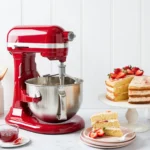
Stand Mixer with Paddle, Whisk & Dough Hook
June 30, 2025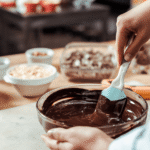
Silicone Spatulas (Heat-Resistant)
July 9, 2025A Sweet Slice of French Pastry History
If you’ve ever bitten into an éclair—crisp pastry shell giving way to a silky filling and a glossy layer of chocolate or glaze—you already know: this is no ordinary dessert. But behind that elegant, finger-sized treat is a story that begins in 19th-century France, where pastry was as much an art form as it was a profession.
Who invented the éclair?
The éclair, as we know it today, is widely credited to Marie-Antoine Carême, one of the earliest celebrity chefs and a master of French pastry. He worked in the royal kitchens of Europe in the early 1800s and is often called the “King of Chefs and the Chef of Kings.” Carême revolutionised French cuisine and is said to have transformed what was once called “pain à la Duchesse” (a choux-based pastry) into the more refined, filled and glazed éclair. The word éclair itself means “flash of lightning” in French—possibly referring to how quickly it’s eaten, or the glossy sheen of its glaze.
Why is it so popular in France?
The éclair holds a special place in French pâtisserie culture. It’s not just a treat—it’s a symbol of tradition and everyday luxury. You’ll find it lined up next to tartelettes and mille-feuille in every good boulangerie, often filled with classic flavours like vanilla, chocolate, or coffee. The éclair strikes a balance: it’s elegant enough for formal gatherings, yet simple enough to be part of everyday life.
Part of its popularity comes from its texture. Made from pâte à choux (choux pastry), it has a delicate shell that puffs up in the oven to create a hollow interior—perfect for holding pastry cream or custard. Topped with fondant or ganache, the éclair delivers a layered experience of crispness, creaminess, and sweetness in every bite.
Éclairs around the world
As the éclair travelled beyond France, bakers began to adapt it to local tastes. In the United States, it’s often larger and sometimes filled with whipped cream or custard, then coated in a thick chocolate glaze—almost doughnut-like in size and richness. In Japan, where French pastry has a devoted following, éclairs are often more refined, filled with matcha cream or seasonal fruit mousses, and decorated like small works of art.
In Australia, we’ve seen a growing appreciation for French classics, and the éclair is a favourite among dessert lovers who appreciate both nostalgia and innovation. At places like Flux Desserts, the éclair becomes a canvas for creativity—whether it’s filled with caramelised banana custard, yuzu curd, or a dark chocolate ganache spiced with native ingredients.
Variations and accompaniments
Traditionally, the éclair is filled with crème pâtissière—a smooth, egg-based custard often flavoured with vanilla or chocolate. But modern pastry chefs love to play with the filling: think salted caramel, raspberry mousse, pistachio cream, or even coffee buttercream.
As for toppings, ganache is the go-to for chocolate éclairs, while fondant or glaze can be used to add colour and flavour. Some versions feature a crunchy layer of craquelin (a sweet dough baked on top), giving the éclair an added texture.
Éclairs pair beautifully with a strong coffee, hot chocolate, or dessert wine. In France, they’re often served as part of an afternoon snack or goûter. But honestly, there’s never a wrong time for an éclair.
Whether you’re drawn to its elegant shape, its historical roots, or the way it melts away on your tongue, the éclair is a pastry that never goes out of style. It’s proof that something simple, done well, can become a lasting treasure. And that’s something we deeply believe at Flux Desserts—where tradition meets imagination, one éclair at a time.
